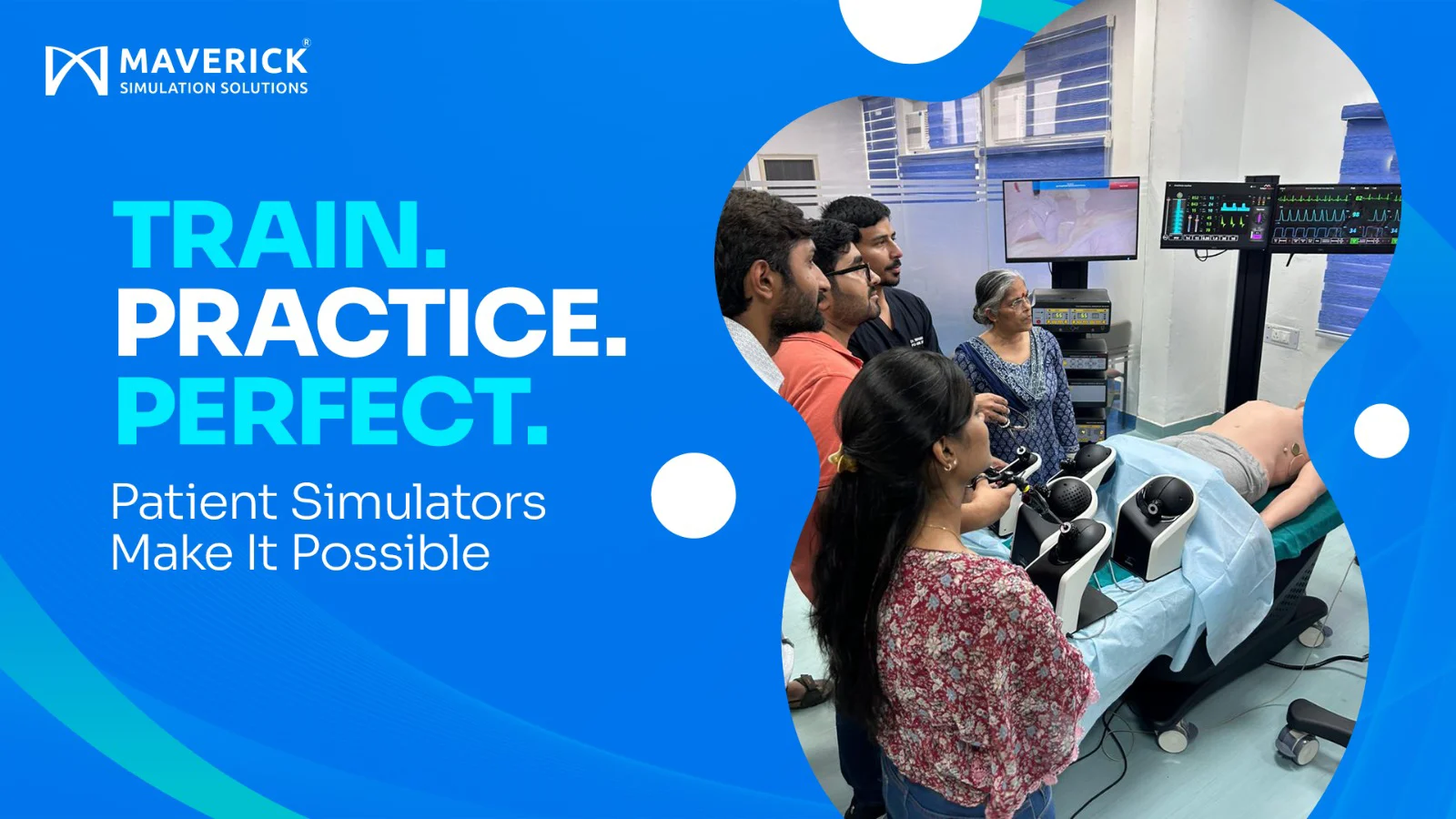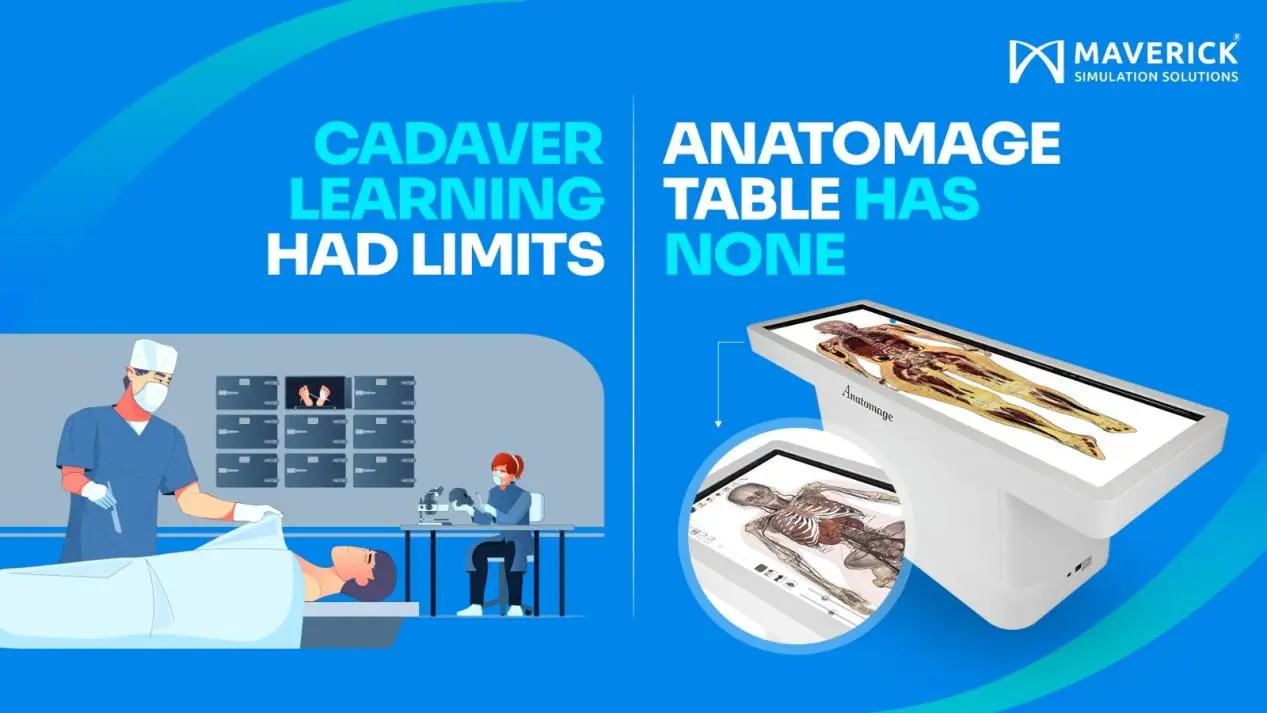Revolutionary Patient Simulator India: Empowering Future Doctors with Confidence

Introduction
In today’s advancing medical education system, patient simulator India solutions are revolutionizing how medical students learn clinical skills. Rather than practicing on real patients first, students now gain experience through high-fidelity simulation, allowing them to build confidence in a completely risk-free environment.
What Is a Patient Simulator?
A patient simulator India model is a life-like manikin that mimics real human physiology — heartbeat, breathing, pulse, and even vocal responses. These simulators prepare medical trainees for emergencies such as cardiac arrest, trauma, and neonatal complications, ensuring clinical readiness before entering real wards.
Why Patient Simulator India Is a Game-Changer
1. Safe & Controlled Learning
Simulation-based training enables students to practice medical procedures without harming real patients. Mistakes become lessons, not risks.
2. Realistic Clinical Scenario Training
From cardiac failure to airway obstruction, patient simulator India setups replicate real-time symptoms and responses. This realistic environment enhances decision-making under pressure.
Types of Patient Simulators in India
Simulator Type Key Purpose
Key Purpose
High-Fidelity Simulators
Real-time response to treatment (CPR, Oxygen, Drugs)
Task Trainers
Specific skill practice – IV, intubation, suturing
Standardized Patients
Live actors to improve communication & empathy
Key Benefits of Patient Simulator India

- Builds hands-on skills
- Enhances teamwork & communication
- Promotes critical thinking
- Boosts medical student confidence
To explore more on clinical skill development, visit our in-depth guide on medical education innovations
Integration in Indian Medical Colleges
The National Medical Commission (NMC) also encourages simulation-based modules to improve patient safety outcomes. The adoption of patient simulators has gained significant momentum across India’s premier medical institutions. Top-tier colleges like the All India Institute of Medical Sciences (AIIMS), the Jawaharlal Institute of Postgraduate Medical Education and Research (JIPMER), and the Armed Forces Medical College (AFMC) have all established dedicated, state-of-the-art simulation labs. Patient simulator India systems are now an integral component of mandatory skill-based training, moving away from purely theoretical teaching.
Recognizing the global trend toward simulation-based learning, the NMC actively encourages the mandatory integration of simulation modules into the undergraduate and postgraduate curricula. This top-down mandate is a powerful driver for improving national patient safety outcomes by ensuring a baseline level of clinical competence across all graduating doctors.
Challenges & Future Growth
While the path forward is bright, there are initial hurdles, primarily the high initial investment required for acquiring and maintaining high-fidelity equipment and training faculty. However, this cost is a powerful long-term investment that yields immense returns, including the development of better-trained doctors, a reduction in hospital errors, and a positive impact on the nation’s public health system.
The future of medical simulation in India is exciting. We are already seeing the early integration of advanced technologies like Artificial Intelligence (AI) for feedback and scenario generation, Virtual Reality (VR) for immersive procedural training, and remote simulation capabilities to reach students in rural and underserved areas. India is clearly and confidently moving toward establishing a world-class medical training system built on accuracy, repetition, and confidence
Conclusion: Building Confidence Through Patient Simulator India
In conclusion, patient simulator India is redefining how future doctors are trained. By bridging theory and practical experience, medical simulators are not just tools — they are mentors that prepare students to save lives with accuracy and compassion.